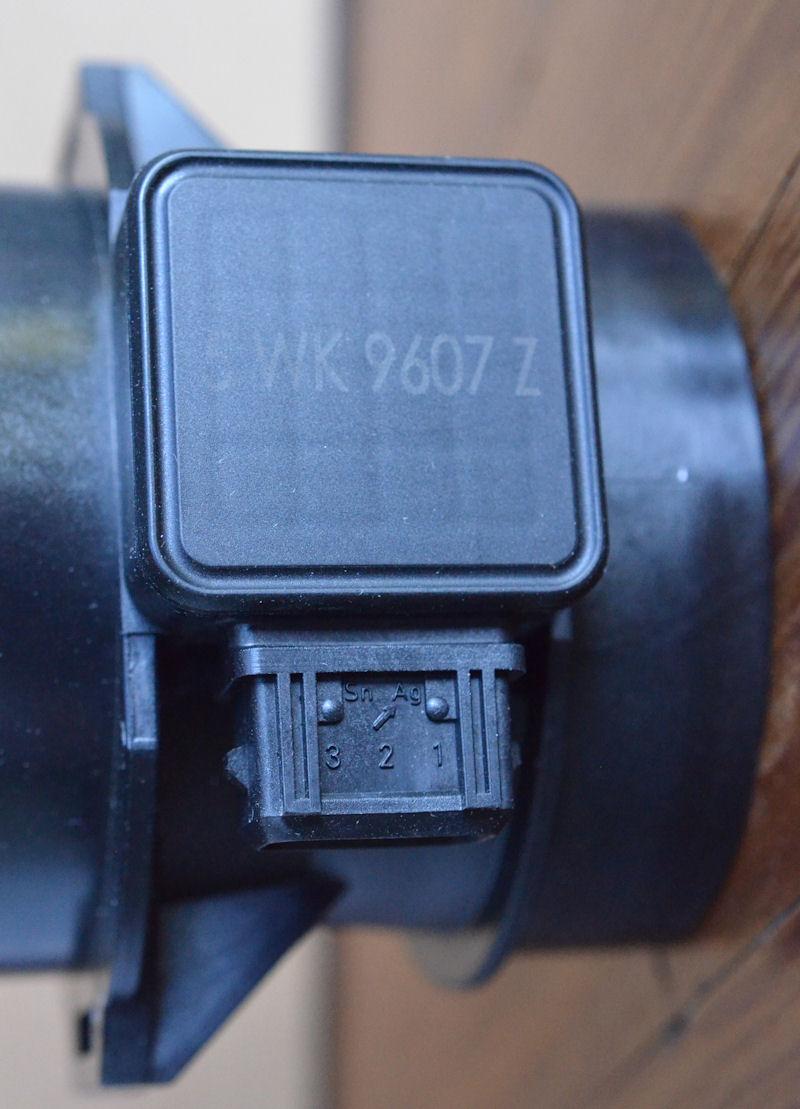Hi Matt,
We've seen a few brand new VDO Siemens that read 21 Mohm out of the box and work perfectly.
My MAF is reading 15.4M Ohm on pins 1-3 and 2-3 but will still register 645 kg/h at full load.
I'm inclined to think that your classification "dodgy" is perhaps kicking in too early and down to 15M Ohm at least the MAF should still be perfectly functional. Describing a 19.34 MOhm reading as dodgy seems a little odd when a new VDO unit reads 21MOhm. This figure was seen by myself , and by another member who checked on 3 meters including a calibrated meter at his workplace.
I'd also be interested in seeing resistance readings from Philips superMAF. Maybe we can organise something?
cheers
Paul



 Reply With Quote
Reply With Quote



Bookmarks